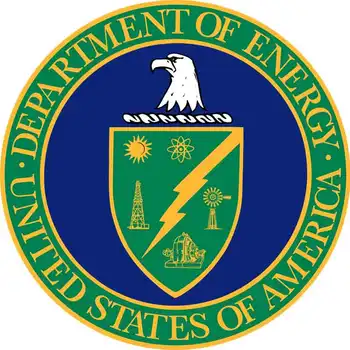University receives design approval for underground microgrid
By National Grid
CSA Z462 Arc Flash Training - Electrical Safety Essentials
Our customized live online or in‑person group training can be delivered to your staff at your location.

- Live Online
- 6 hours Instructor-led
- Group Training Available
The project, made possible through a $381,000 grant from the New York State Energy Research and Development Authority NYSERDA, was recently announced by New York Gov. Andrew Cuomo. Other partners in the initiative include GE Energy Consulting, Nova Energy Specialists, the Village of Potsdam, SUNY Potsdam, and the Canton-Potsdam Hospital.
New York State has identified a critical need for improving the stateÂ’s readiness, emergency preparedness and response capabilities. A key aspect of this effort is hardening--or improving the resiliency of--the energy infrastructure. The project would plan and design a solution to retain continuity of services in Potsdam, NY, to allow it to act as a hub for services and restoration activities during either a localized or widespread emergency.
“I am very happy to see this project come together,” said Thomas Ortmeyer, Clarkson professor and Principal Investigator for the project. “The resilient microgrid will be a significant benefit to our region, and we have found strong support among our local partners for this concept. The project design team is outstanding. We are pleased to be working with National Grid, GE Energy Consulting, and Nova Energy Specialists to make this a truly groundbreaking program.”
“We look forward to playing a leadership role in this exciting energy initiative,” said Ken Daly, National Grid’s New York President. “This is exactly the type of project that allows us to modernize the Grid, while embracing innovation and efficiency to provide customers with the service they demand in the 21st century."
In an emergency, the microgrid will operate as an electrical island independent of the main power grid, and serve the critical loads with local generation. It will use existing natural gas, fuel oil, and hydroelectric generation, as well as a planned two megawatt photovoltaic installation. It also will include any new generation required to serve the load needed to meet the mission of the microgrid and may use energy storage elements to facilitate better dynamic loading and power quality performance.
National Grid will provide system and policy information, design the underground power and communications systems, perform interconnection studies, and determine points of microgrid/main-grid interconnect.
The diversity of generation is a key factor in the ultimate resiliency of the microgrid. Another key factor will be the installation of an underground primary distribution network connecting the generation and loads of the system. This underground network will not be vulnerable to extreme weather events such as ice, wind, and lightning.
GE Energy Consulting will perform system simulation and modeling functions equipment analyses and cost estimates conduct supply-demand analysis develop the functional design of the electrical, control and communications infrastructure and determine the generation mix for the project.
Under normal conditions, the microgrid will generally operate in a grid-connected mode, and be managed to improve the local power system reliability as well as maximizing the operating revenue of the individual generation owners during these periods. The microgrid will be designed to provide the needed services during extreme events while minimizing the total cost of the system.
Nova Energy Specialists will assist the team in identifying generation resources and configurations to serve the needs of the loads, and with studies of the system dynamic behavior, system protection, black start requirements, and utility power grid interactions.
Clarkson University will identify the critical loads on the microgrid, and develop a plan for serving these loads while in the microgrid mode of operation.
The microgrid can offer protection to local loads not only for extreme weather related events such as ice storms, but also during outages of the bulk power system due to major blackouts such as the northeastern U.S. blackout of 2003, geomagnetic storm related blackouts and certain types of EMP events that might impact the larger bulk power system.
When completed, the microgrid design will be the first of its kind, in providing resilient electric power service for essential community services during an emergency, and optimizing operating efficiencies under normal conditions, and serve as a model for other installations around New York and across the United States.











